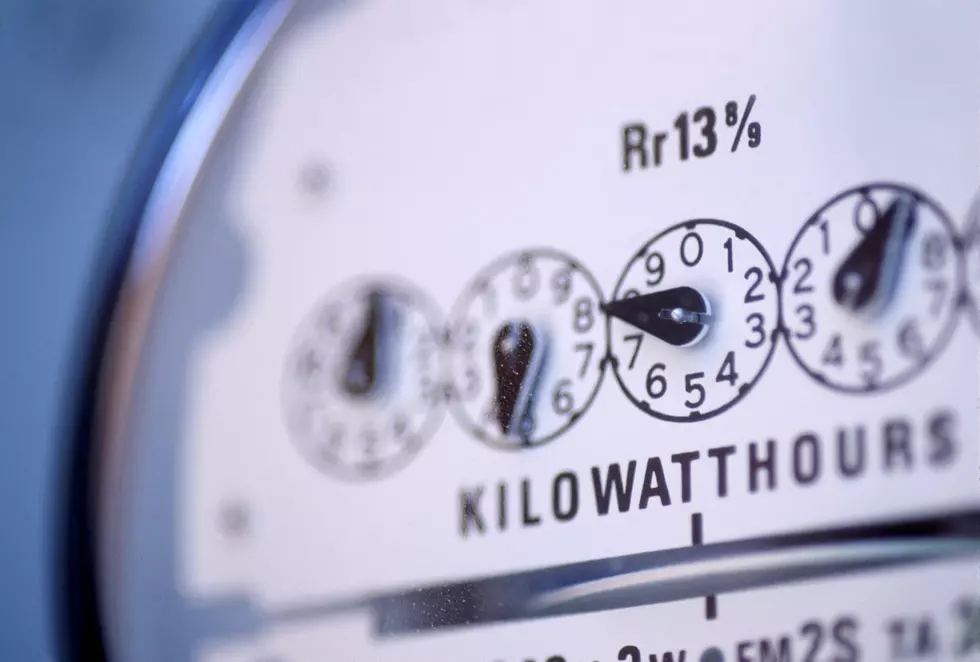
What to Do if Your Pipes Freeze & Frozen Pipe Prevention Tips
by John R. Baker, P.E.
Projects and Compliance Manager – Henderson Water Utility
The severe cold weather that has blanketed the tri-state for the past week is causing burst water pipes throughout the city.
If you are having problems with frozen water lines and you know that a water line has burst, be sure to turn off your water supply immediately at the main shut-off valve. Even if a pipe has not burst, call your local water utility office: Henderson Water Utility at 270-826-2824 or Evansville Water at (812) 436-7846. They will send out a crew to investigate.
If you do not own your home, we advise that you contact your landlord.
If the problem is at the city side of the meter, we will fix the problem for you as soon as we can. If the problem is on the customer’s side of the meter, we are prohibited by state law from working on your plumbing system. You will need to try to contact a licensed plumber.
Thawing a frozen water pipe quickly is important. However, it is just as important to thaw the frozen pipe correctly. Here are seven tips to follow to help you get the water flowing and to help you avoid a burst pipe and potentially damaging flood at your property.
Tip 1: Locate the Frozen Pipe
In order to thaw a frozen pipe, you must first determine which pipe or pipes are frozen. Turn on the faucets in your property.
If no water comes out, or only a slight trickle escapes, then a pipe leading to the faucet is likely frozen. If one pipe is frozen, there is a chance others have frozen also.
If the pipes are exposed, such as pipes under sinks, in basements or along the exterior of the house, you may be able to see the frozen portion of the pipe. Frozen pipes often have frost on them or may have a slight bulge. If the blockage is located in part of the pipe that you have access to, you will have more options for easily thawing the pipe than if the frozen portion is enclosed behind a wall.
Tip 2: Open the Faucet
Before you begin attempting to thaw a frozen pipe, you will want to open the faucet that the pipe feeds water into. Make sure to open both the hot and cold handles. This will help to relieve pressure in the system and will allow the water to escape once you begin to thaw the pipe.
Tip 3: Where to Begin the Thawing Process
You should always begin the thawing process near the faucet then work your way down to the blockage.
This will help ensure that the melting ice and steam is able to escape through the open faucet. If you start the thawing process closer to the blockage, the melting ice could get stuck behind the blockage, creating more pressure in the pipe and increasing the chances the pipe will burst.
Tip 4: Thawing Exposed Pipes
If the frozen pipe is located in an area you can easily access, you have several options for attempting to thaw the pipe.
You should continue to apply the heat until the water escaping from the faucet returns to full strength.
Here are four options for thawing an exposed pipe.
- Hair Dryer - One of the easiest ways to thaw a pipe is by using a hair dryer. Simply turn the dryer on and point the heat at the pipe, beginning with the portion closest to the faucet. As with any electrical product, take the proper precautions and avoid coming into contact with water when operating the device.
- Heat Lamp or Portable Space Heater - Another method to thaw the pipe is to use a heat lamp or portable space heater. Position the device so that the heat is able to reach the frozen pipe. This indirect heat can help to quickly thaw a pipe. Again, make sure to comply with the safety measures and precautions on the device you are using and keep the device away from water.
- Hot Towels - Another way to thaw a frozen pipe is to wrap towels that have been dipped in hot water around the pipe. This can help to slowly thaw the blockage.
- Electrical Heating Tape - A final option is to apply electrical heating tape directly to the pipe. This tape distributes heat throughout the pipe. You can purchase electrical heating tape that you plug in and unplug as needed or you can purchase heating tape that shuts off on its own.
Tip 5: Thawing Enclosed Pipes
If the frozen pipe is located in an area that you cannot easily access, you have three options for thawing the pipe.
- Turn the Heat Up in the Property - You can attempt to thaw the frozen pipe by increasing the temperature in the property. Turning the thermostat up may be all that is needed to allow the ice blockage to melt.
- Infrared Lamp - If you know where in the wall the frozen pipe is located, you can attempt to thaw the blockage by placing an infrared lamp in front of the portion of the wall where the pipe is located. The heat from the lamp may be able to penetrate the wall and allow the pipe to defrost.
- Cut Out a Section of the Wall - If you are comfortable doing so, you can cut out the section of the drywall in front of the frozen pipe so that you can easily access the pipe. You can then use one of the methods for thawing out an enclosed pipe listed above.
Tip 6: Things to Avoid
Never attempt to thaw a pipe using an open flame, such as a propane torch. This can not only damage the pipe, it can also start a fire in your property.
Tip 7: If the Pipe Bursts
If a frozen water pipe does burst, the first thing you should do is shut off the main water line into your home. This will prevent additional water from flowing and damaging your property. You should know where the shut-off valves are for each of your properties and for each unit. There are usually smaller shut-off valves located near sinks and toilets, but the main shut-off valve is often located near the water meter.
Call a Professional - If you are unable to thaw the pipe, unable to locate the frozen pipe, do not feel comfortable thawing a pipe yourself or if a pipe bursts, you should call a plumber or other professional. They will be able to remedy the problem for you.
Risks of Thawing a Frozen Pipe
There are two main risks you should be aware of when attempting to thaw a frozen water pipe.
- Fire - When using any heat source to thaw the frozen pipe, you can run the risk of starting a fire. Make sure to follow all safety instructions and never leave the product unattended.
- Burst Pipe - If you do not begin the thawing process correctly, you could cause the pipe to burst. Always start thawing closest to the fauce
Here are six tips to help keep your pipes from freezing in the first place.
Tip #1: Keep the Heat On
If you or your tenants are leaving for a period of time, make sure that the heat is kept on your property. It may be difficult to convince your tenants to leave their heat on when they are away, especially if they are responsible for paying their own utilities. You should inform them that the heat can help prevent pipes from freezing, and if pipes freeze and burst, it can cause a lot of water damage to the property and to their possessions.
The heat does not have to be kept as high as you normally would keep it if you were actually in the property, but keeping it set above 50 degrees Fahrenheit is a good idea. This should provide enough heat to keep the pipes warm and to prevent any water inside from freezing.
Tip #2: Allow Faucet to Drip
If you are afraid a pipe will freeze, you can allow the faucet to drip slightly.
Allowing the faucet to be open like this will relieve pressure in the system. If a pipe freezes, it is actually the pressure that is created between the blockage and the faucet that will cause the pipe to burst. Allowing the faucet to be open will prevent this pressure from building up and thus, keep the pipe from bursting.
Tip #3: Keep Interior Doors Open
Pipes are often located in cabinets. When the temperatures drop, it is a good idea to keep these cabinet doors open so that the heat from the rest of the house can keep the pipes warm as well. You should also keep all interior doors open so that the heat can flow throughout the home.
Tip #4: Seal Up Cracks and Holes
You should caulk any holes or cracks that exist near pipes. This should be done on both interior and exterior walls. Doing so can help keep the cold air out and the warm air in.
Tip #5: Apply Heating Tape
For pipes that are easily accessible, the electrical heating tape may be an option to keep them from freezing. This tape can be applied directly to the pipe.
There are two types of heating tape. One type of heating tape turns on and off by itself when it senses heat is needed. The other type of heating tape needs to be plugged in when heat is needed and unplugged when not in use.
Much like a space heater, these products can be dangerous, so you must follow the product’s direction and safety procedures exactly.
Tip #6: Add Extra Insulation
Pipes that are located in areas that do not have proper insulation, such as basements or attics, may need extra insulation to keep from freezing. Pipes in basements or attics are not the only ones that may not be properly insulated from the cold. If you have had a problem with pipes freezing anywhere in your home, extra insulation could be the cure.
Pipes can be fitted with foam rubber or fiberglass sleeves to help decrease the chances of freezing. This can be an easy solution for pipes that are exposed but can get expensive if walls, floors or ceilings have to be opened in order to properly insulate the pipe. Additional insulation can also be added to walls and ceilings to keep the pipes warm.
More From WOMI-AM








![You Can Lose Weight with the BKR Boot Camp [Official Rules]](http://townsquare.media/site/76/files/2018/01/A.jpg?w=980&q=75)
